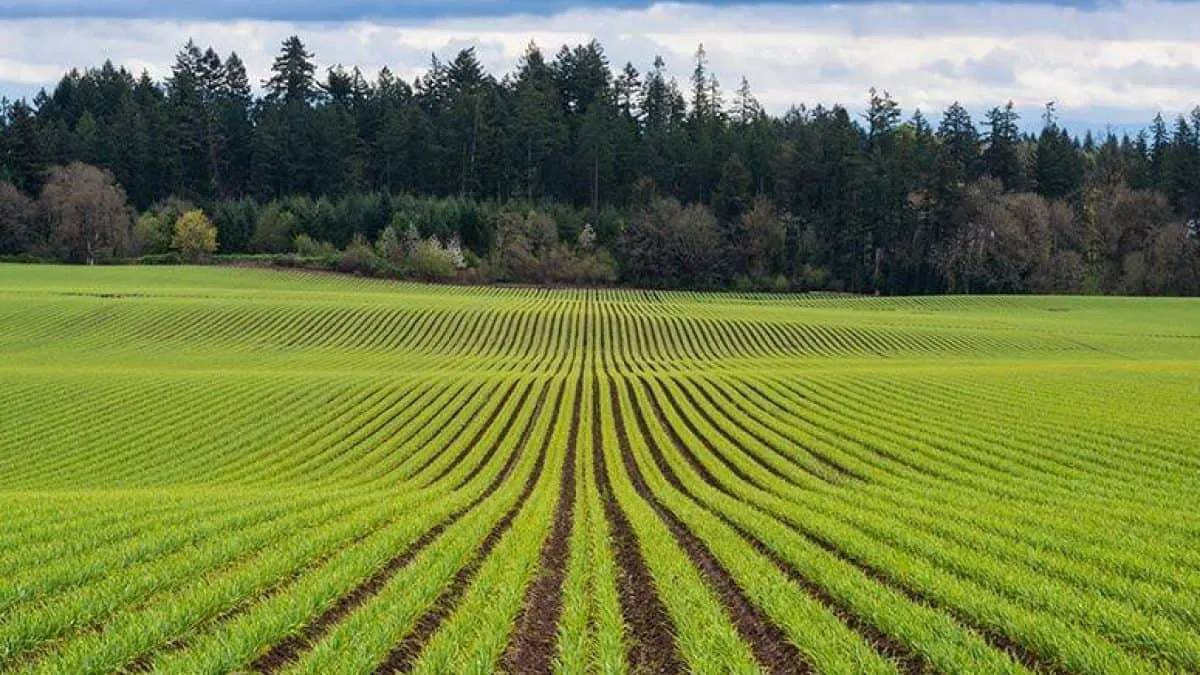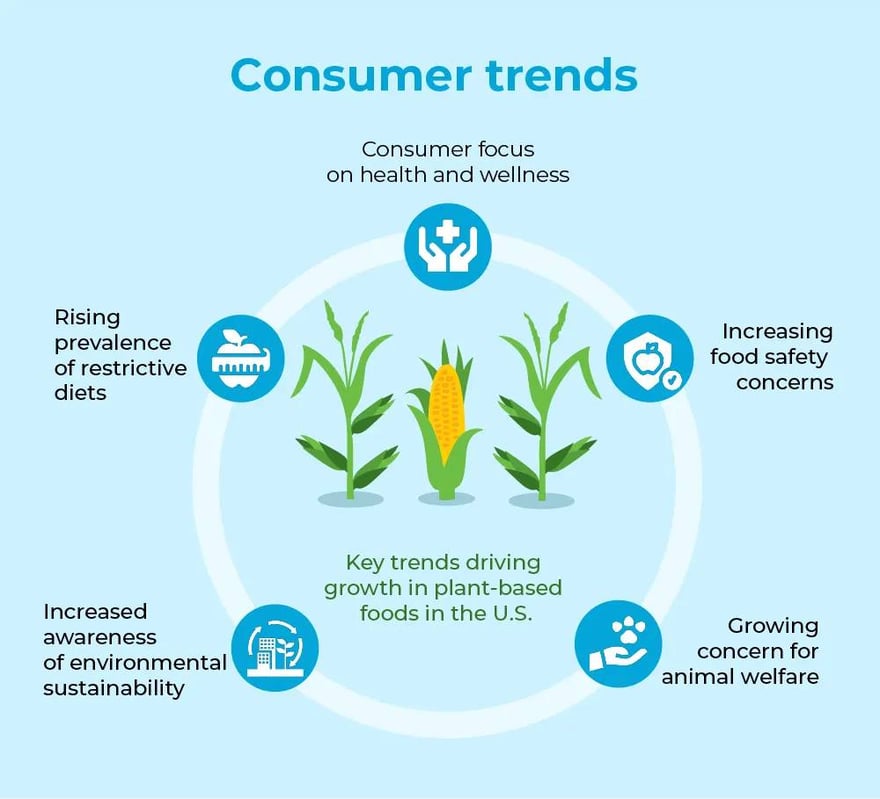Regenerative agriculture focuses on conserving the ecosystem through techniques that provide vitality to the soil. Consequently, it increases crop yield and improves its nutrition quotient. It incorporates several carbon sequestration techniques such as agroforestry, silvopasture, and no-till agriculture.
As per the International Food Information Council’s 2020 Food and Health Survey, more people are now switching to plant-based diets due to their health and environmental benefits. Thus, farmers are now practicing sustainable agriculture that allows the planet to heal and restore itself gradually.
Read on to discover how regenerative agriculture is powering consumer trends.
Recent Adoption of Ethics-based and Plant-based Eating
In the past decades, it was the concept of taste that determined the food choices of consumers. However, consumers today are mindful of several other considerations such as the welfare of animals, environmental sustainability, and a sense of social justice. These considerations fall under “ethical eating,” which focuses on the moral consequences of choosing particular food items.
In this context, it is crucial to note that the current agricultural practices contribute to land degradation and increased GHG (greenhouse) emissions. Thus, it is now essential for farmers and associated brands to employ regenerative agriculture practices. These practices seek to improve soil health and eventually protect the ecosystem.
Increased Awareness about Health and Wellness
Consumers have now become more conscious of their food preferences. Often, they desire products labeled organic, non-GMO, gluten-free, and natural so that it causes minimal damage to their health.
The rise in the improper use of fertilizers and pesticides has led to several harmful effects on human health. These include liver damage, gastrointestinal issues, kidney damage, problems related to the nervous system, or damage to the DNA, which ultimately could lead to cancer.
Regenerative agriculture seeks to eliminate the usage of synthetic chemicals that have negative health impacts. Instead, it incorporates practices like mulching and composting that use organic wastes to improve soil fertility. These practices ensure that food derived from the crops is chemical-free so that consumers can derive the maximum nutrition from their food.
Big Brands Adopting the Sustainability Approach
As per recent reports, 75% of consumers are changing their consumption habits. They are looking for products that are nutritious, organic, and environment-friendly. Several major brands have now announced that they will source their products from farmers who engage in sustainable agriculture practices.
PepsiCo has announced that it will use regenerative agriculture techniques on 7 million acres of its farmland, while Walmart will do the same on 50 million acres. In addition, General Mills has announced that it will source some of its products from farmers who only engage in regenerative agriculture practices.
Increased Demand for Transparency from Consumers
81% of consumers seek transparency in their purchase of products. 62% of them desire to know about the complete list of ingredients, 53% wish to know about ingredients used, 48% look for certifications like USDA organic, 47% seek nutritional information, and 38% inquire about the source of the product.
Consumers are now increasingly demanding to know the origin of the products that they buy. This demand for transparency is due to the rising use of harmful chemicals and pesticides that have a damaging influence on their health.
This consumer awareness has given rise to the farm-to-fork traceability concept that allows consumers to trace their products and bring about transparency in the entire process.

Introduction of Regenerative Agriculture Standards
The period between 2014 and 2017 saw various organizations define and explore the scope of regenerative agriculture. Following this, they also launched numerous notable regenerative agriculture initiatives, including standards and certifications.
The Regenerative Organic Certification (ROC) is an effort by farmers, scientists, and leading brands to set a high standard for regenerative agriculture techniques. Endorsed by the Regenerative Organic Alliance, it also includes representatives from various other leading organizations.
The ROC’s Framework for Regenerative Organic Certification focuses on the following three aspects:
- Improving soil quality and sequestering carbon that will help in mitigating climate change;
- Improving the welfare of animals; and,
- Ensuring the economic stability of farmers and the other workers involved in the process.
Three certification tiers in this Framework incentivize farmers with gold, silver, and bronze medals for their efforts and encourage them to continue incorporating other regenerative agriculture practices.
Carbon Underground and Green America are co-developing the Regenerative Agriculture Initiative for the natural products industry in collaboration with Ben & Jerry’s (Unilever), Annie’s Homegrown (General Mills), DanoneWave, and MegaFood. The Standard evaluates the ability to achieve environmental impact, transparency, outcome-based economic benefits for farmers, compatibility with other related standards, and the flexibility to change as per scientific advancements.
The Biodynamic Farm Standard by Demeter is a blueprint that underlines the goals of regenerative agriculture. It assesses six “petals” of influence: biodiversity, food security, soil health, quality of the food, and its ability to mitigate climate change.
These standards ensure that agricultural practices reduce carbon footprint, thereby conserving the environment.
Mitigating Climate Change
The European Union’s Scientific Advice Mechanism, in 2020, stated that the entire food production process contributed to approximately 37% of total GHG emissions (nearly 50 billion tonnes CO2). According to World Bank data, the share of agriculture in these emissions is around 19–29%. The primary gases that lead to a high concentration of GHGs from the agricultural sector are nitrous oxide, methane, and carbon dioxide.
At present, there is a growing consensus that regenerative agriculture can eliminate carbon from the atmosphere and let the croplands absorb them. This reduction of global GHG emissions will eventually help in the adoption of climate-smart agriculture.
Cropin has developed revolutionary SaaS-based Agri Tech solutions to ensure a sustainable future.






